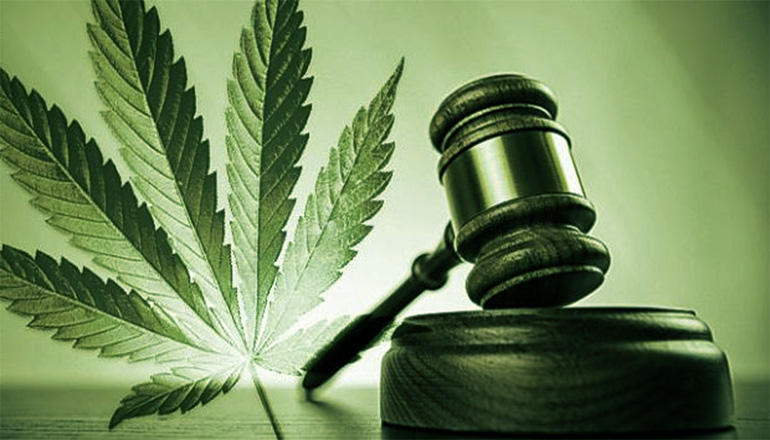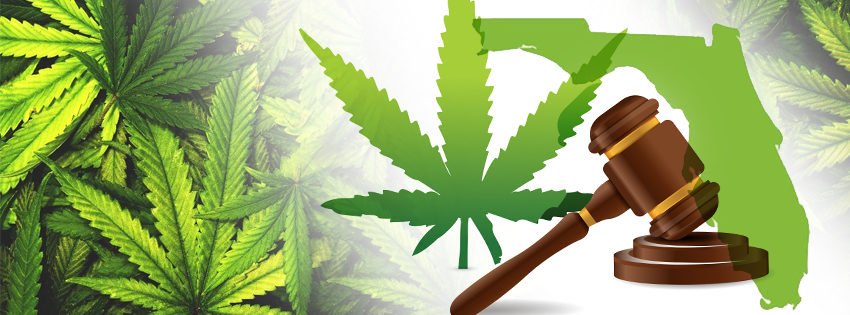Critics of marijuana legalization claim that legalization is bad for public health. “When states legalize recreational marijuana, fatalities increase and the lives of children and teenagers are put at stake, president and CEO of Spectrum Health Systems, a substance abuse and mental health treatment provider, recently wrote in an opinion piece for Stat News.
But the data on how both recreational and medical legalization of marijuana tells a different story.
It’s still early — marijuana hasn’t been legal for long, even in these states but so far, legalization hasn’t had a negative impact on public health, according to a report recently published by the Drug Policy Alliance (DPA). That report and other recent studies help show how marijuana legalization for medical or recreational purposes in these states has changed things.
Nationally, the number of students both men and women who used marijuana in the past 30 days leveled out in 2010 after rising for several years, according to the DPA report.
In his opinion piece, rep says that youth use marijuana at higher rates than any other kids in the country. But as other notes as experts say that trend existed before legalization, too.
A 2015 article in the New England Journal of Medicine states that legalizing doesn’t seem to have increased the prevalence of youth usage. While the percentage of kids who described marijuana as “highly risky” decreased after legalization, the percentage of students who reported ever trying decreased slightly as well.
There’s some debate about the effect that cannabis legalization has had on traffic deaths. Rep says that data shows that an increased percentage of the people involved in traffic fatalities have had marijuana in their systems since legalization.
However, traffic death rates since legalization have not increased and are lower than the national average, according to National Highway Transportation Safety Administration data analyzed in the DPA report. At the same time, DUI rates seem to have decreased since legalization, potentially an overall benefit, since the risks of driving under the influence of alcohol are much more obvious than the risks of driving under the influence of cannabis (people who combine the substances perform the worst on driving tests, however).
The DPA report says that more people may test positive for cannabis now since officials are now more likely to test for it in the first place. Also, since people can test positive for cannabis long after they’ve stopped feeling the effects, the report says the “data only illuminate that tested drivers consumed hours, days, or weeks prior to the test” — not that cannabis was involved.
As Stat News pointed out in another story, there are several studies that show that states that allow medical marijuana have fewer opioid deaths. This effect seems to stack over time, with states who pass these laws seeing a “20 percent lower rate of opioid deaths in the laws’ first year, 24 percent in the third, and 33 percent in the sixth.”
Isaacson says that doctors at Denver’s Children’s Hospital have reported treating an increased number of children who have accidentally ingested edibles since legalization. The overall numbers are small in the JAMA Pediatrics study documenting these cases, doctors say that the rate of these visits has gone from 1.2 per 100,000 population 2 years prior to legalization to 2.3 per 100,000 population 2 years after legalization. As Ingraham has pointed out in the Post previously, parents are far more likely to call poison control centers because of kids ingesting diaper cream, toothpaste, tobacco, or crayons.
If you’ve ever seen someone who has been surprised by the strength of a marijuana edible, you know these moments aren’t fun but luckily, people recover from these events and no one has ever died from a marijuana overdose.
The DPA report notes that no longer arresting and prosecuting possession and other low-level marijuana offenses, states are saving hundreds of millions of dollars,” based on the fact that Washington spent $200 million enforcing marijuana laws between 2000 and 2010. Arrest rates in these states for marijuana offenses have plummeted, though the report notes that people of color are still twice as likely to be arrested despite using marijuana at similar rates to white people.
Financially, the DPA report says taxing and selling marijuana in has been “overwhelmingly successful in generating revenue,” with revenues exceeding projections in both states. One State brought in $129 million in the second year of legalization and Washington $220 million significant amounts of money and medical strains for various conditions, though as Ingraham notes, still only a tiny fraction of the overall state budgets.
There are still plenty of questions about how legalized in florida will affect states in the future. Some people have expressed concerns that powerful THC-loaded varieties available today could potentially have more of an impact than we know, especially if used by young people with developing brains. On the other hand, if people are using marijuana instead of more dangerous substances like alcohol, there could be some benefit to public health there, though so far, it’s hard to say whether legalization makes people drink more or less.
Now, we’ll be able to see the effects in several additional states. Hopefully, that will encourage study into marijuana’s effects, something that scientists say is still incredibly difficult to research because of federal regulations. Get a medical marijuana card today.



